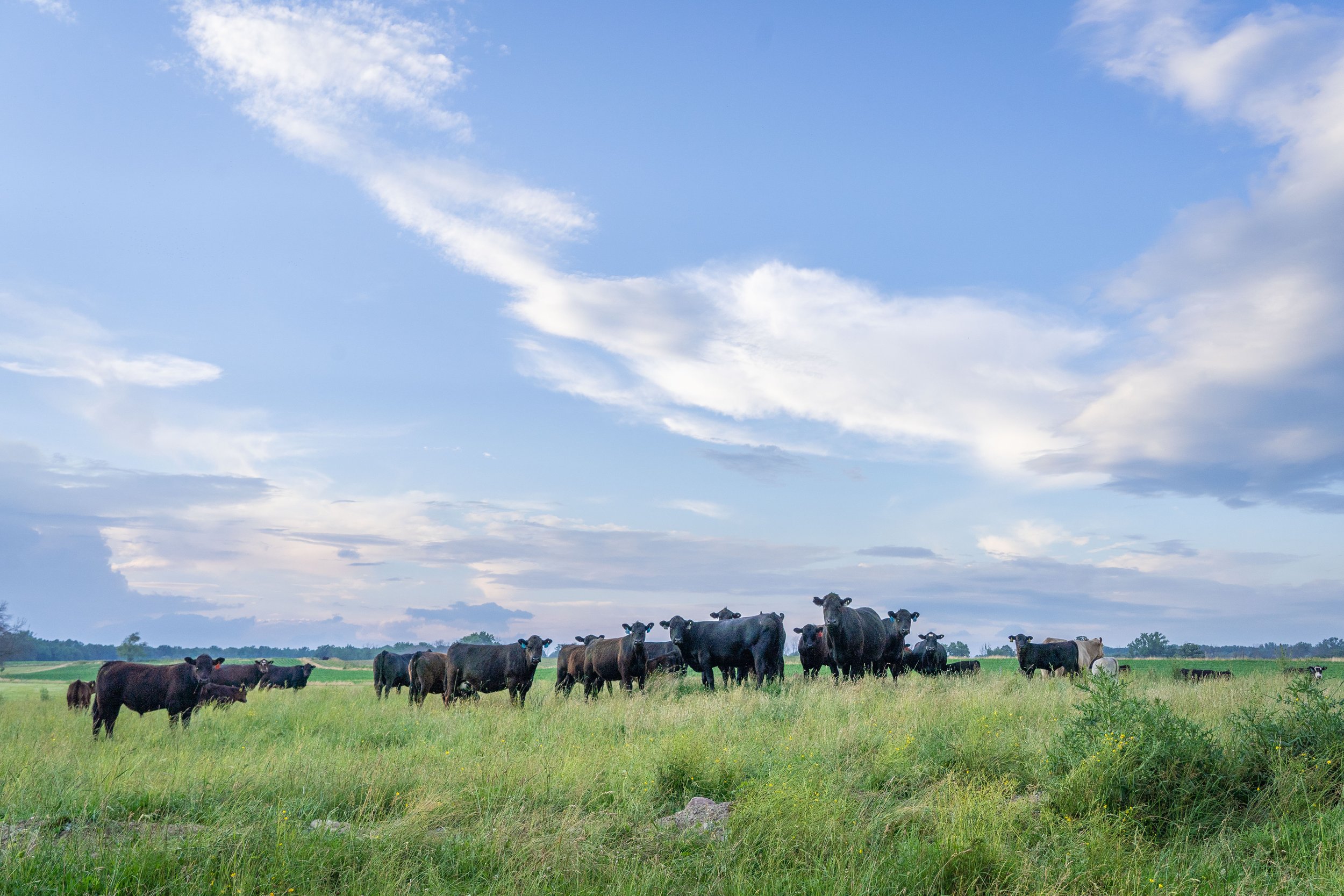Trick Factors to Consider When Deciding On Livestock Risk Security (LRP) Insurance Policy
When reviewing options for Animals Risk Security (LRP) insurance, numerous key aspects warrant cautious factor to consider to guarantee reliable risk administration in the agricultural industry. Picking the right protection alternatives tailored to your particular animals operation is vital, as is recognizing how superior prices associate with the level of security used.
Protection Options
When thinking about Livestock Risk Defense (LRP) insurance policy, it is essential to understand the numerous insurance coverage choices offered to reduce risks in the farming market. Livestock Risk Defense (LRP) insurance policy uses different coverage alternatives tailored to meet the varied demands of animals producers.
Another essential protection option is the recommendation period, which determines the length of time the insurance coverage holds. Producers can pick the endorsement duration that finest suits their production cycle and market conditions. Furthermore, coverage levels and rates vary based on the sort of animals being guaranteed, giving manufacturers the versatility to customize their insurance policy prepares according to their specific demands.
Understanding the various coverage alternatives available under Animals Risk Security (LRP) insurance is crucial for manufacturers to make informed decisions that properly safeguard their animals operations from market uncertainties.
Costs Prices

Livestock Risk Defense (LRP) insurance policy supplies vital coverage options customized to minimize dangers in the agricultural field, with a substantial element to consider being the estimation and structure of premium costs. These consist of the type and number of livestock being guaranteed, the protection degree selected, the current market rates, historic price information, and the length of the insurance coverage period.
Premium costs for LRP insurance policy are generally computed based upon actuarial data and take the chance of evaluation versions. Insurance companies evaluate historic data on animals rates and manufacturing prices to figure out a proper costs that shows the level of risk entailed. It is vital for animals manufacturers to meticulously review premium prices and protection choices to ensure they are appropriately secured against prospective economic losses due to negative market problems or unanticipated occasions. By understanding exactly how exceptional costs are determined and structured, manufacturers can make enlightened choices when choosing the appropriate LRP insurance coverage for their procedure.
Qualified Animals
The determination of eligible livestock for Livestock Risk Protection (LRP) insurance coverage entails mindful consideration of particular requirements and attributes. Animals types that are usually eligible for LRP insurance coverage include feeder cattle, fed lambs, swine, and livestock. These pets should meet certain qualifications associated with weight ranges, age, and planned usage. Furthermore, the eligibility of livestock might vary based on the specific insurance provider and the regards to the policy.
Feeder cattle, for example, are commonly qualified for LRP coverage if they drop within specified weight arrays. Fed cattle might also be qualified, yet link they should fulfill particular weight and quality grade demands. Swine eligible for insurance coverage normally include market weight animals planned for slaughter. Lambs are an additional category of animals that can be thought about for LRP insurance, with variables such as weight and age playing a critical function in establishing their eligibility.
Prior to picking LRP insurance for livestock, producers must carefully evaluate the eligibility requirements described by the insurance coverage provider to ensure their animals satisfy the needed needs for insurance coverage.
Policy Flexibility
Policy adaptability in Livestock Threat Security (LRP) insurance policy enables producers to customize coverage to fit their specific demands and risk administration strategies. This versatility equips animals producers to tailor their insurance plans based on variables such as the type of animals they own, market conditions, and individual risk tolerance levels. By supplying adjustable choices, LRP insurance allows manufacturers to efficiently manage their danger direct exposure while protecting their animals procedures against unexpected market volatility.
Cases Process
Upon experiencing a loss or damages, producers can initiate the insurance claims procedure for their Animals Threat Protection (LRP) insurance coverage by immediately calling their insurance service provider. It is vital for manufacturers to report the loss as quickly as feasible to expedite the claims process. When reaching out to the insurance policy service provider, producers will need to offer in-depth info concerning the case, consisting of the day, nature of the loss, and any relevant documentation such as veterinary records or market prices.

After the evaluation is complete, the insurance coverage service provider will certainly choose relating to the case and communicate the result to the manufacturer. The producer will certainly obtain settlement according to the terms of their Livestock Threat Protection (LRP) insurance policy if the insurance claim is accepted. It is essential for producers to be knowledgeable about the insurance claims procedure to ensure a smooth experience in the event of a loss

Conclusion
In conclusion, when selecting Livestock Threat Defense (LRP) insurance policy, it is necessary to take into consideration insurance coverage options, premium costs, qualified animals, policy flexibility, and the claims procedure. These crucial elements will help make certain that farmers and herdsmans are appropriately shielded versus prospective risks and losses linked with their livestock operations. Making an informed decision based upon these considerations can ultimately bring about far better economic protection and assurance for animals manufacturers.
Animals Threat Security (LRP) insurance coverage offers various protection alternatives tailored to meet the varied needs of animals producers.The decision of eligible animals for Livestock Danger Protection (LRP) insurance protection includes mindful consideration of particular standards and features.Policy versatility in Animals Risk Defense (LRP) try this website insurance allows manufacturers to tailor insurance coverage to suit their details needs and run the risk of management methods.Upon experiencing a loss or damages, producers can start the cases procedure for their Livestock Risk Security (LRP) insurance by without delay contacting their insurance service provider.In final thought, when selecting Livestock Risk Defense (LRP) insurance policy, it is essential to think about insurance coverage options, premium costs, eligible animals, plan adaptability, and the claims process.